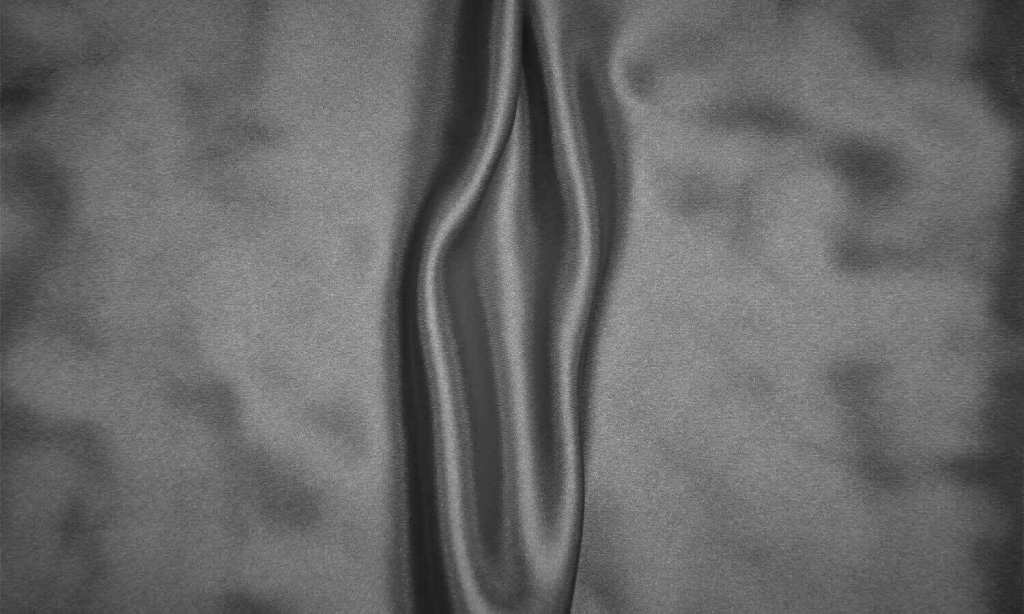Linked studies in this article contain pictures of vulvas
Snarky cheerleader Santana Lopez on Glee, played by the iconic Naya Rivera, says in terms of self-image: “If you see something you don’t like, you should change it.”
With the rise of cosmetic surgery, it appears that people don’t disagree with her statement. It also appears that that statement now applies to our genitals. I mean, 90% of all women have been self-conscious about their genital appearance at some point.
Labiaplasty, surgery which reshapes the labia – as the name suggests – is now the world’s fastest-growing cosmetic surgery procedure. Medicare states that in an 11 year period (2002-03 to 2013-14), claims for labiaplasty and vulvoplasty doubled. It’s hard to know exact statistics, as many procedures are done privately.
But this much we do know. In a survey of 400 GPs, almost half had had patients asking for female genital cosmetic surgery. Girls as young as 11 are looking to alter the appearance of their genitals. The average age of females presenting with concerns about their genital appearance at the Royal Children’s Hospital in Melbourne? 14 and a half.
The Latch spoke to Dr Alex Polyakov, gynaecologist and senior lecturer at the University of Melbourne, and Dr Janet Hall, sex therapist, to understand why women – and girls – are seeking out labiaplasty.
What is Labiaplasty? Is There a Medical Reason for It?
Dr Polyakov defines labiaplasty as a “surgical procedure to reduce or reshape the female outer genital folds called ‘labia’.”
According to him, there are only two medical indications for surgery. The first is if someone has “labial folds [that] may be larger than average and causing discomfort and friction.” The second is if “labial folds [are] significantly asymmetrical.” Dr Hall added that “painful sex or chafing” may also be a reason.
The surgery is only rebatable by Medicare if the labia extends more than 8cm below the vaginal opening.
If only rare cases require labiaplasty, then why are people undertaking it? “The majority of labial surgery in the western world is performed purely for cosmetic reasons,” says Dr Polyakov. Dr Hall agrees, saying that women are seeking it to create, in their opinion, “a more pleasing and ‘matching’ look.”
Why are the Numbers for Labiaplasty Rising so Much?
Dr Polyakov acknowledged that it’s a difficult question to answer. Especially as “Female genitals vary in size and shape, similar to [any] other body part.”
He hypothesizes that the increasing numbers are due to “The rise in the awareness of surgical options, as well as wider availability of visual material – such as online pornography.”
In online pornography, “women see labia which appear to be ‘perfectly’ moulded, therefore they think theirs is ugly,” says Dr Hall.
Another reason numbers may be increasing? Dr Hall believes it is because “[Girls] don’t get any education in affirming that all women have beautiful genitals.”
One study cited a distorted media environment, where female genitals almost always ‘resemble a Barbie doll or pre-pubescent girl.’ Then you have to add the fact that female genitals aren’t really ever on display – they’re usually hidden by clothes, or by pubic hair.
Women can only see their own vulva by using a hand mirror, and heterosexual women don’t often have an idea of the appearance of other women’s vulvas.
Is There a Specific Type of Vulva Women are Seeking?
Although 73% of women have labia that are considered to be an “outie”, according to Dr Polyakov says “most women would like labial folds to be much smaller than the average.”
And if you’re wondering what the average is considered to be? Well, the average length of the left labia minora is 15.5mm, and the right side is 15.9 mm. Yep, asymmetry is pretty normal when it comes to the labia.
Is There Any Way to Slow This Trend?
Dr Hall and Dr Polyakov both believe that improved sex education is the key to the problem.
Sex education from the age of 10 is Dr Halls belief: “To teach girls that their genitals are gorgeous, and in the future will be a source of pleasure.”
Dr Polyakov says these surgical interventions, “May be associated with altered body image perception and other underlying psychological issues, especially if such requests come from younger girls”.
“I strongly believe better sex education is the key to this problem.”







